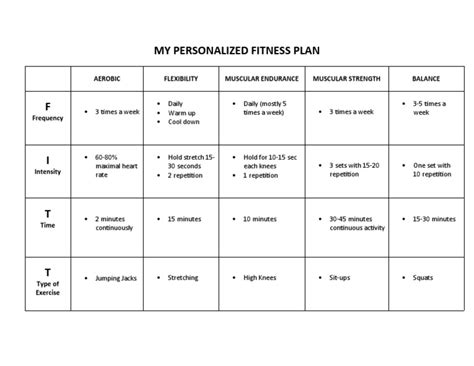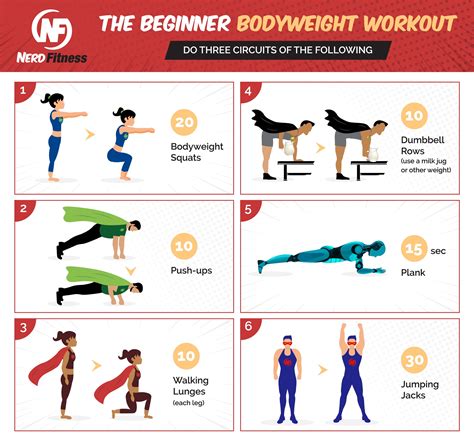How to optimize YOUR training for peak performance & rapid results?

Unlock Your Full Potential: The Science of Optimized Training
Many people work out diligently, yet feel like their progress has stalled or isn’t as fast as they’d like. The secret to achieving peak performance and rapid results isn’t just about training harder; it’s about training smarter. Optimizing your training involves a holistic approach that considers individual needs, intelligent programming, proper fueling, and adequate recovery. Let’s delve into the core principles that will transform your fitness journey.
1. Personalization: The Foundation of Success
One size does not fit all in fitness. A workout plan that works wonders for one individual might be ineffective or even harmful for another. True optimization begins with understanding your unique body, goals, and lifestyle. Assess your current fitness level, identify any physical limitations or past injuries, and clearly define what ‘peak performance’ and ‘rapid results’ mean to you – whether it’s strength gains, endurance improvements, body composition changes, or skill development. This initial assessment guides all subsequent decisions.

2. Strategic Program Design: Beyond Just Showing Up
Random workouts yield random results. An optimized training program is built on scientific principles:
- Progressive Overload: This is non-negotiable. To continue making progress, you must gradually increase the demands placed on your body over time. This could mean lifting heavier, doing more reps, increasing training volume, decreasing rest times, or improving technique.
- Periodization: Don’t train at maximum intensity all the time. Periodization involves strategically varying training volume, intensity, and exercises over cycles (e.g., mesocycles, microcycles) to prevent plateaus, reduce the risk of overtraining, and ensure peak performance at specific times (e.g., before a competition).
- Specificity: Train for your goal. If you want to run faster, run; if you want to lift heavier, lift heavy. Your training should directly reflect the demands of your desired outcome.
- Variety: While specificity is crucial, introducing some variety can prevent adaptation plateaus and keep your body challenged in new ways, ensuring balanced development.

3. Fueling Your Performance: Nutrition & Hydration
Your body is like a high-performance engine; it needs the right fuel. Optimized nutrition is fundamental for energy, recovery, and adaptation. Focus on a balanced intake of macronutrients (proteins for muscle repair, carbohydrates for energy, healthy fats for hormone function) and micronutrients (vitamins and minerals). Pay attention to peri-workout nutrition – what you eat before and after your training can significantly impact performance and recovery. Furthermore, adequate hydration is often overlooked but critical for all physiological processes, including muscle function, nutrient transport, and temperature regulation.
4. The Power of Recovery & Sleep
Training breaks down your body; recovery builds it back stronger. This is where the magic truly happens. Without sufficient recovery, you’ll accumulate fatigue, increase your risk of injury, and hinder adaptation. Prioritize 7-9 hours of quality sleep per night, as this is when most hormonal repair and growth processes occur. Incorporate active recovery (light cardio, stretching, foam rolling) to improve blood flow and reduce muscle soreness. Stress management techniques are also vital, as chronic stress can elevate cortisol, impacting recovery and performance.

5. Mindset, Consistency, and Tracking Progress
Your mental approach is just as important as your physical one. Cultivate a growth mindset, embrace challenges, and maintain discipline. Consistency is king; showing up day in and day out, even when motivation wanes, builds the cumulative effect that leads to rapid results. Crucially, track your progress. Log your workouts – sets, reps, weights, times, distances. Monitor how you feel, energy levels, and any noticeable changes in your body. This data allows you to objectively assess what’s working, identify areas for improvement, and make informed adjustments to your program.

6. Listening to Your Body & Preventing Overtraining
Even with a perfectly designed program, your body will have good days and bad days. Learn to distinguish between muscle soreness from a good workout and the persistent fatigue or pain that signals overtraining or impending injury. Don’t be afraid to take a deload week (reducing volume/intensity) or an unscheduled rest day when needed. Pushing through excessive fatigue can be counterproductive and lead to setbacks. An optimized approach is flexible enough to adapt to your body’s signals.

Conclusion
Optimizing your training for peak performance and rapid results is a dynamic, ongoing process, not a one-time fix. It demands an understanding of your unique physiology, intelligent program design, diligent nutrition, mindful recovery, and a resilient mindset. By consistently applying these principles, you’ll not only achieve your fitness goals faster but also build a sustainable foundation for lifelong health and unparalleled performance.






